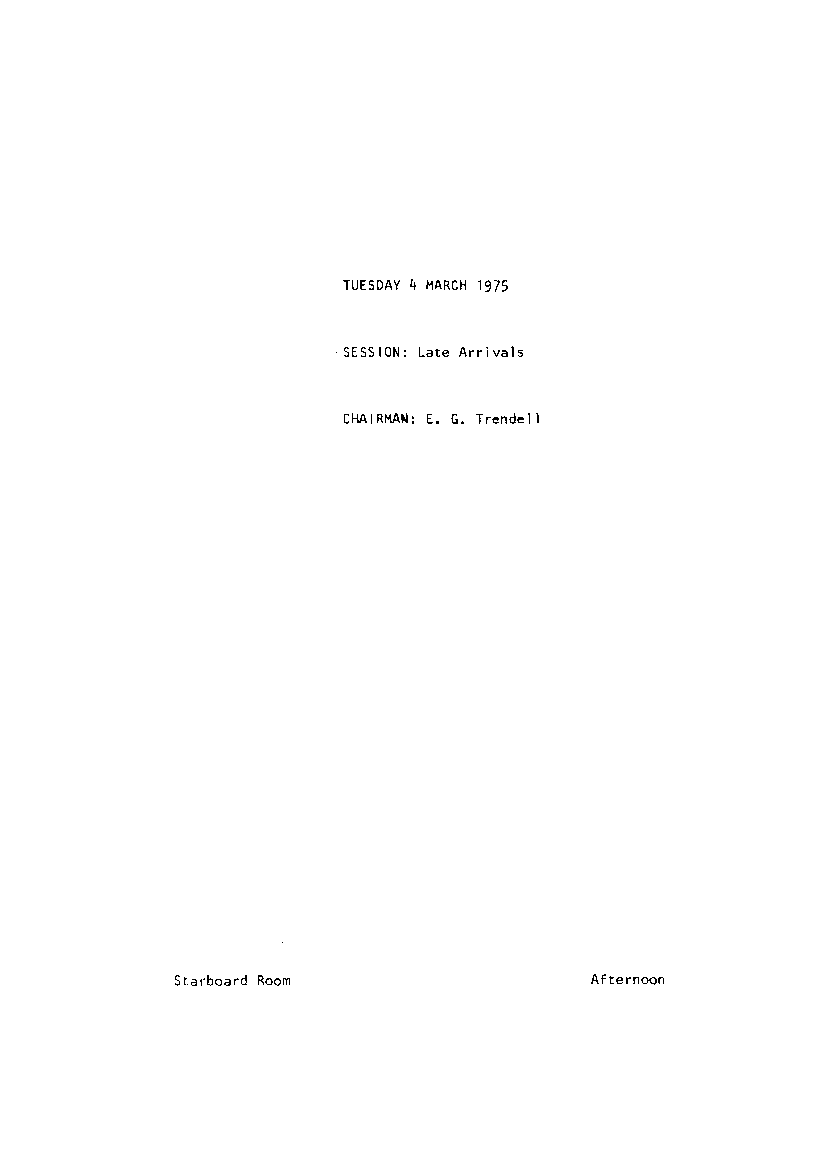Home / Publications / E-library page
You are currently logged in as an
Institutional Subscriber.
If you would like to logout,
please click on the button below.
Home / Publications / E-library page
Only AES members and Institutional Journal Subscribers can download
So called "coincident" microphone arrays are often used for recording stereo or surround sound. Experience has shown that two of the main causes of poor image localization and of spurious secondary images are: 1) the usual capsule spacing of 3 to 10 cm, and 2) poor polar diagrams and polar phase responses in the treble. These defects also cause a significant degradation in the tonal quality if a stereo or surround sound recording is mixed down to mono or matrixed either to modify the recording`s stereo effect or for 2-channel quadraphonic encoding.
Author (s): Gerzon, Michael A.
Affiliation:
Mathematical Institute, University of Oxford, England
(See document for exact affiliation information.)
AES Convention: 50
Paper Number:L-20
Publication Date:
1975-03-06
Import into BibTeX
Permalink: https://aes2.org/publications/elibrary-page/?id=2466
(328KB)
Click to purchase paper as a non-member or login as an AES member. If your company or school subscribes to the E-Library then switch to the institutional version. If you are not an AES member Join the AES. If you need to check your member status, login to the Member Portal.

Gerzon, Michael A.; 1975; The Design of Precisely Coincident Microphone Arrays for Stereo and Surround Sound [PDF]; Mathematical Institute, University of Oxford, England; Paper L-20; Available from: https://aes2.org/publications/elibrary-page/?id=2466
Gerzon, Michael A.; The Design of Precisely Coincident Microphone Arrays for Stereo and Surround Sound [PDF]; Mathematical Institute, University of Oxford, England; Paper L-20; 1975 Available: https://aes2.org/publications/elibrary-page/?id=2466